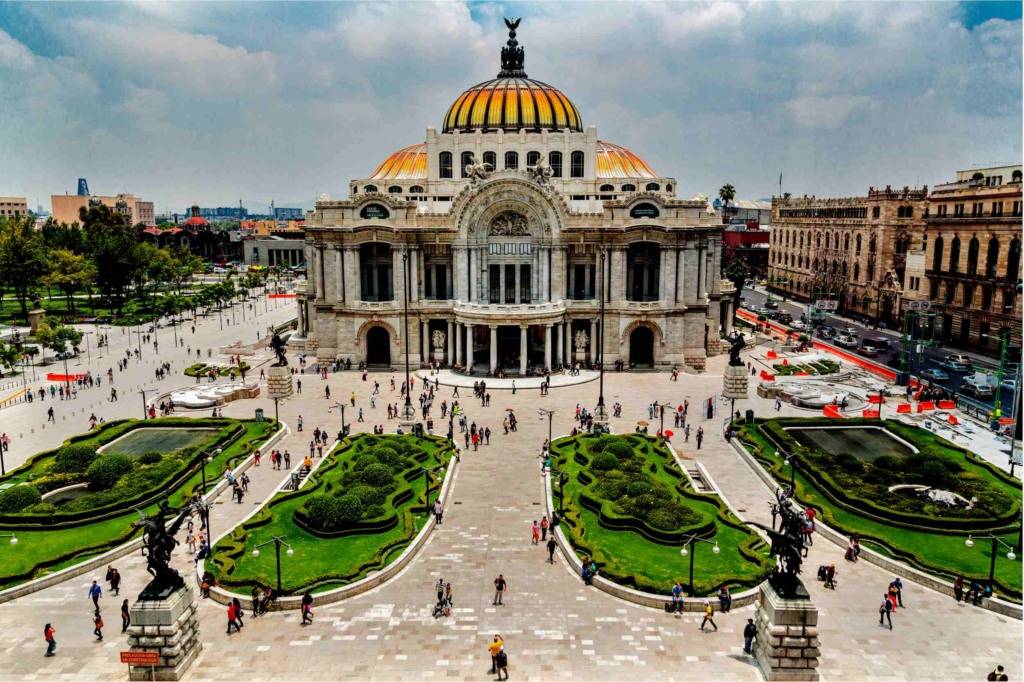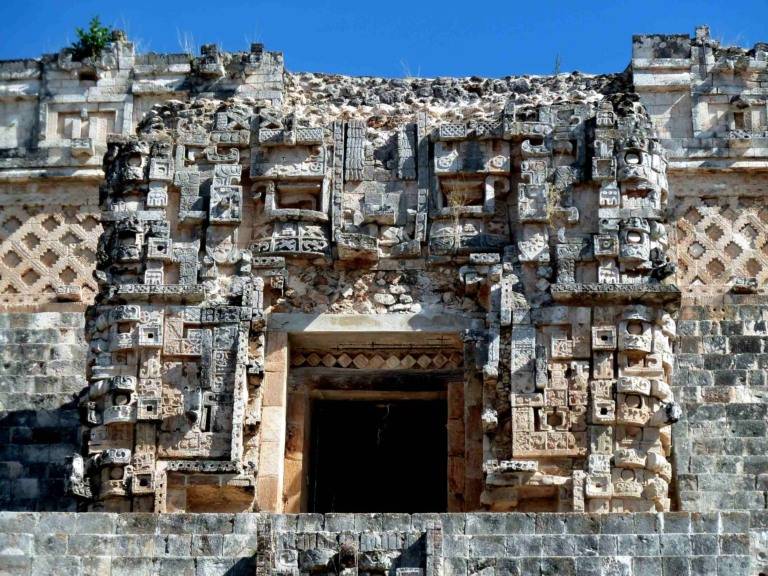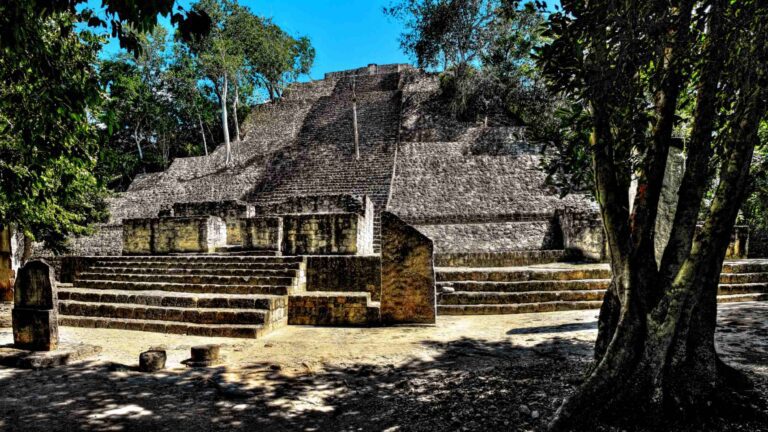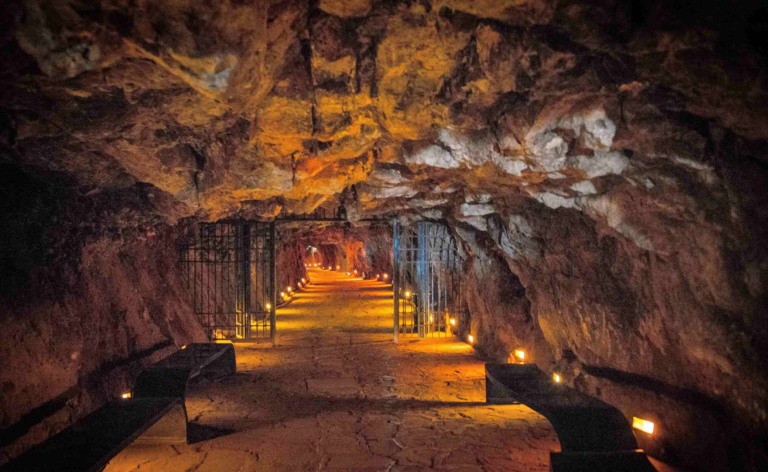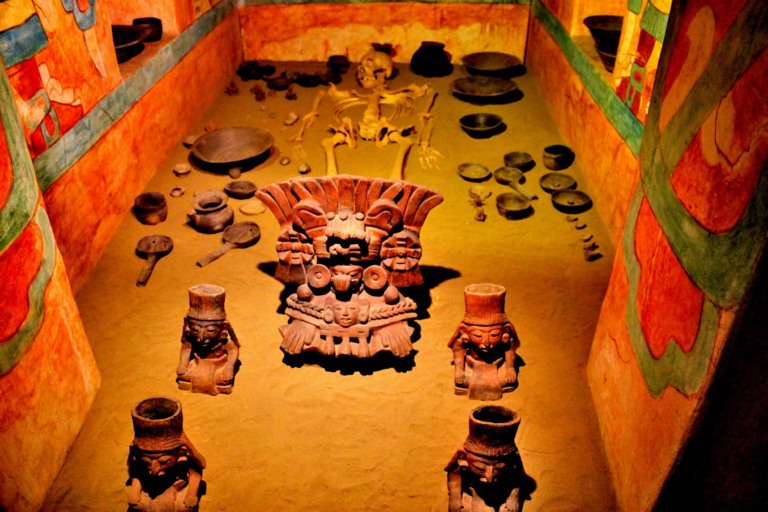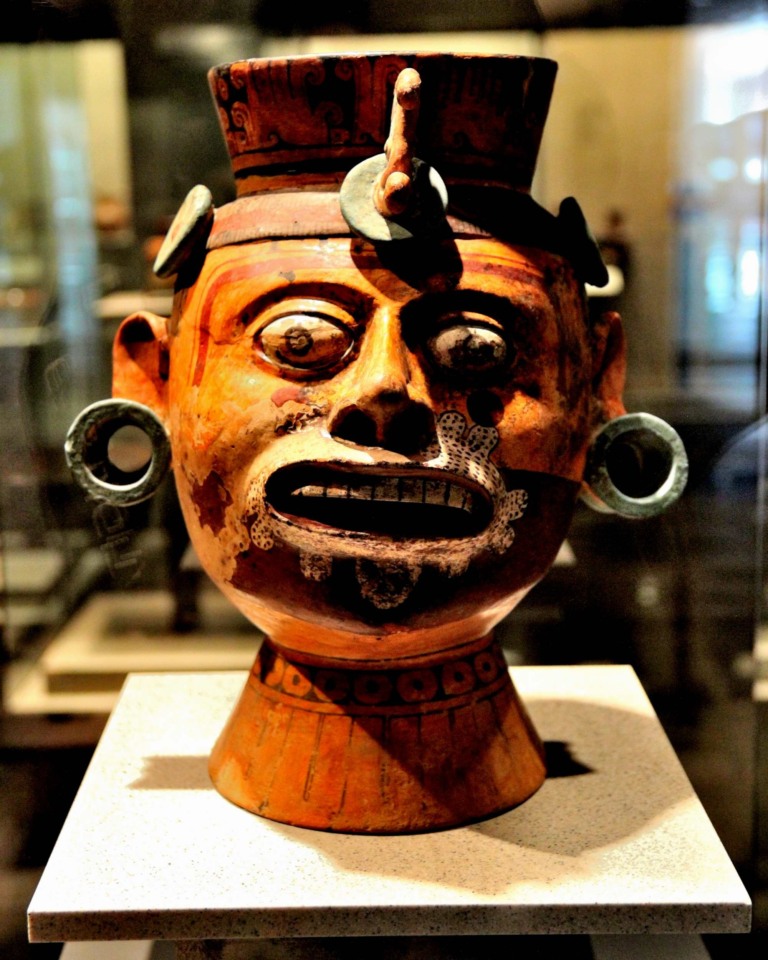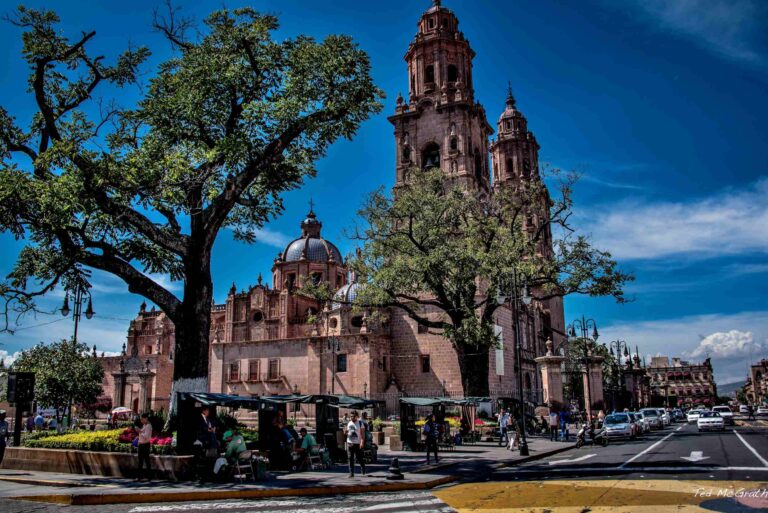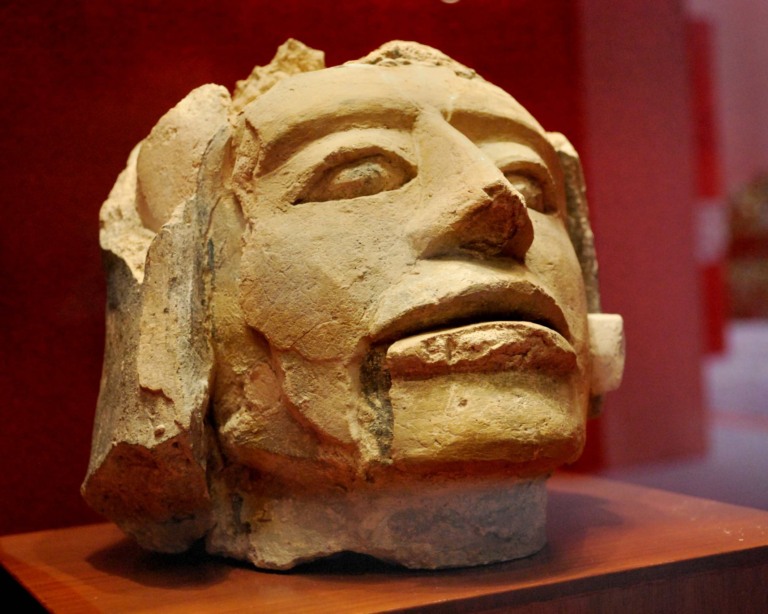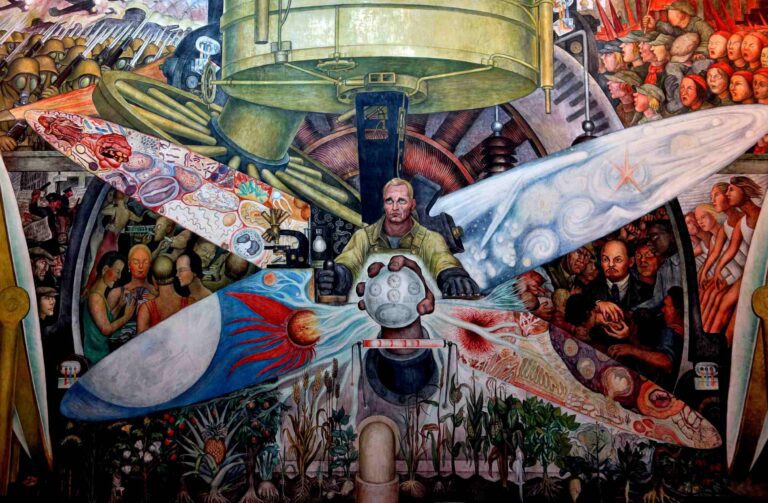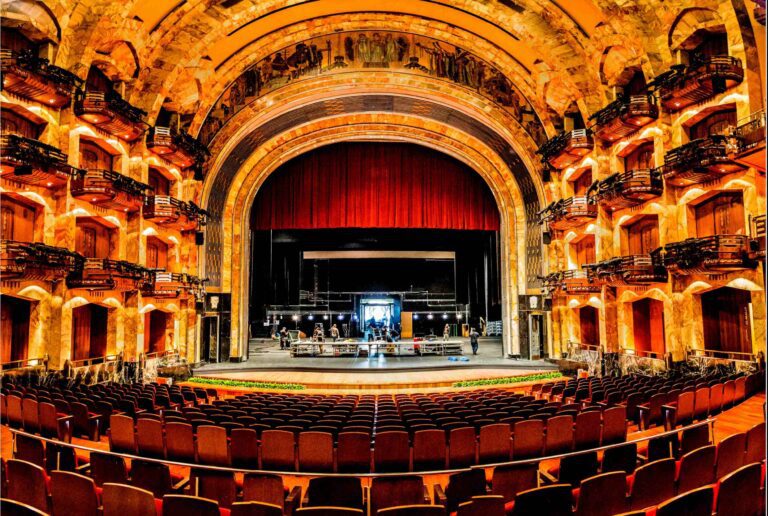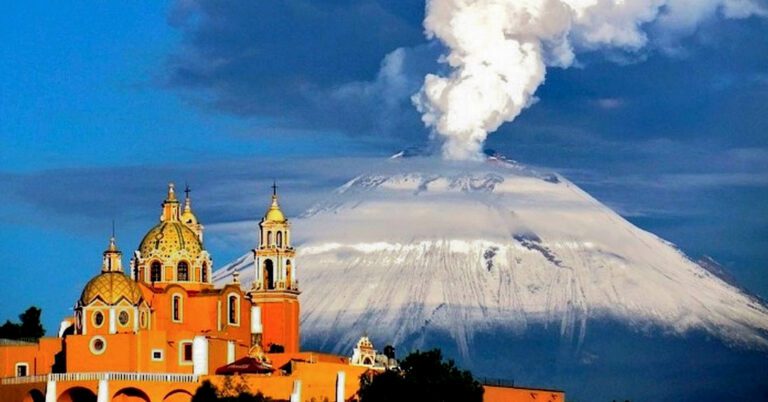Mexico boasts an impressive collection of UNESCO World Heritage Sites, totaling 35 in number, each contributing to the country’s rich cultural and natural diversity. These sites encompass a variety of categories, with 27 classified as cultural sites, 6 as natural sites, and 2 as mixed sites, showcasing both natural and cultural significance. Remarkably, Mexico stands alone in its ownership of these sites without sharing their UNESCO recognition with any other country.
Mexican Historic Sites
Within this extensive list, several UNESCO World Heritage Sites in Mexico hold particular significance, notably the pre-Columbian treasures nestled on the Yucatan Peninsula. These ancient cities, many of which are conveniently located just an hour’s drive from modern cities, offer an exceptional glimpse into the past. However, some, hidden amidst dense tropical jungles, present a challenge to reach, adding to their mystique. Mexican historic sites, featuring vibrant pyramids and intricately crafted stone structures, add an extra layer of allure, revealing the depth of cultural heritage.
The ruins of Mayan cities and Aztec palaces vividly reflect the pride these civilizations held for their innovations, making them integral components of Central American history. Alongside the pre-Columbian legacy, the Spanish conquest introduced fresh approaches to urban planning and striking city designs, reshaping the cultural landscape. In exploring Mexico’s UNESCO World Heritage Sites, one embarks on a journey to uncover the diverse cultures and stunning cities that have shaped Central America’s history.
Mexico’s rich history is punctuated by five major civilizations: the Olmec, Maya, Teotihuacan, Toltec, and Aztec. These civilizations, with the exception of the politically fragmented Maya, extended their influence across Mexico and beyond. They wielded power, left indelible marks on trade, art, politics, technology, and religion, and formed alliances or engaged in conflict with other regional powers over a span of 3,000 years. Despite these interactions, most found themselves within the spheres of influence of these prominent Mexican civilizations, leaving an enduring legacy in the nation’s cultural tapestry.
Tehuacán-Cuicatlán Valley
Pre-Hispanic Town of Uxmal
Mayan Ruins of Palenque Chiapas
Pre-Hispanic City of Teotihuacan
Chichen Itza Facts and History
Calakmul Campeche Mexico
Zacatecas Mexico
Monte Alban Mexico
Monte Alban Oaxaca
Gulf of California
Puebla Mexico
Morelia Michoacan Mexico
El Tajin Veracruz
Palacio de Bellas Artes
Mexico Monarch Butterflies
Mexico City Xochimilco
Puebla Historic Centre
UNESCO World Heritage Sites in Mexico
- Historic Centre of Mexico City and Xochimilco
- Historic Centre of Oaxaca and Archaeological Site of Monte Albán
- Historic Centre of Puebla
- Pre-Hispanic City and National Park of Palenque
- Pre-Hispanic City of Teotihuacan
- Sian Ka’an
- Historic Town of Guanajuato and Adjacent Mines
- Pre-Hispanic City of Chichen-Itza
- Historic Centre of Morelia
- El Tajin, Pre-Hispanic City
- Historic Centre of Zacatecas
- Rock Paintings of the Sierra de San Francisco
- Whale Sanctuary of El Vizcaino
- Earliest 16th-Century Monasteries on the Slopes of Popocatepetl
- Historic Monuments Zone of Querétaro
- Pre-Hispanic Town of Uxmal
- Hospicio Cabañas, Guadalajara
- Archaeological Zone of Paquimé, Casas Grandes
- Historic Monuments Zone of Tlacotalpan
- Archaeological Monuments Zone of Xochicalco
- Historic Fortified Town of Campeche
- Ancient Maya City and Protected Tropical Forests of Calakmul, Campeche
- Franciscan Missions in the Sierra Gorda of Querétaro
- Luis Barragán House and Studio
- Islands and Protected Areas of the Gulf of California
- Agave Landscape and Ancient Industrial Facilities of Tequila
- Central University City Campus of the Universidad Nacional Autónoma de México (UNAM)
- Monarch Butterfly Biosphere Reserve
- Protective town of San Miguel and the Sanctuary of Jesús Nazareno de Atotonilco
- Camino Real de Tierra Adentro
- Prehistoric Caves of Yagul and Mitla in the Central Valley of Oaxaca
- El Pinacate and Gran Desierto de Altar Biosphere Reserve
- Aqueduct of Padre Tembleque Hydraulic System
- Archipiélago de Revillagigedo
- Tehuacán-Cuicatlán Valley: originary habitat of Mesoamerica
